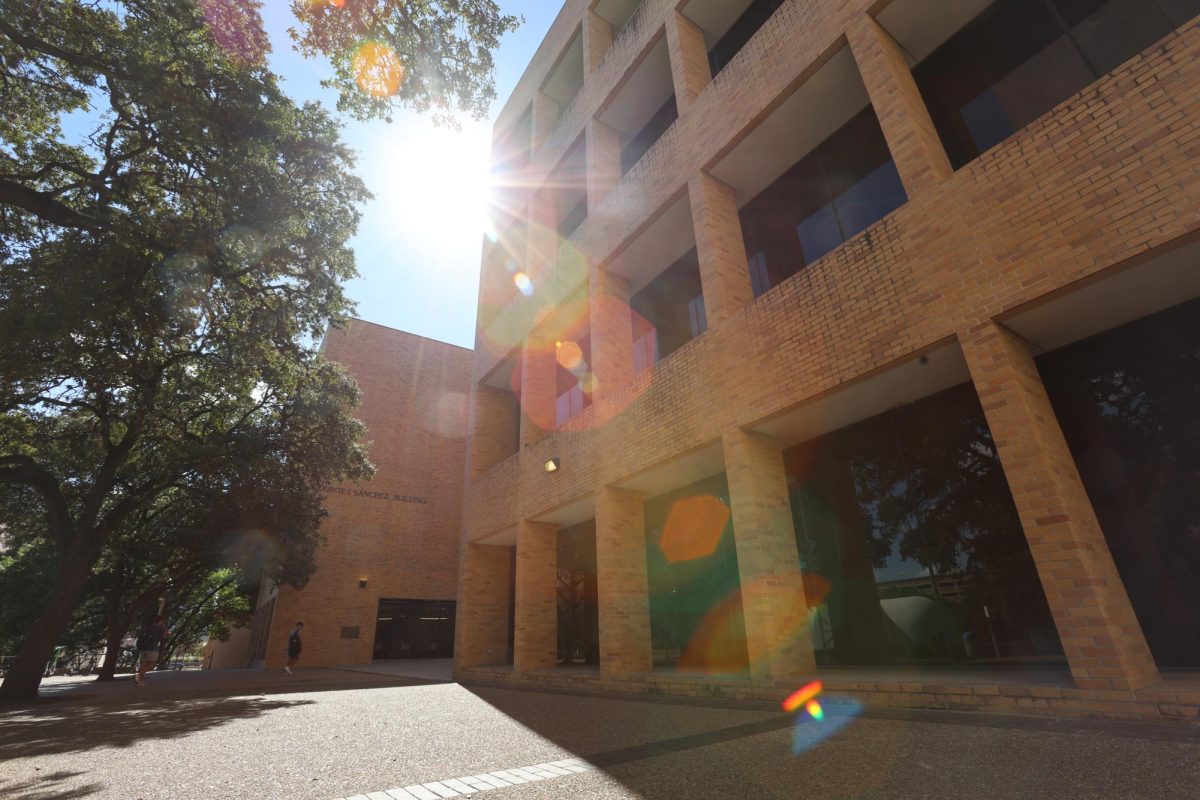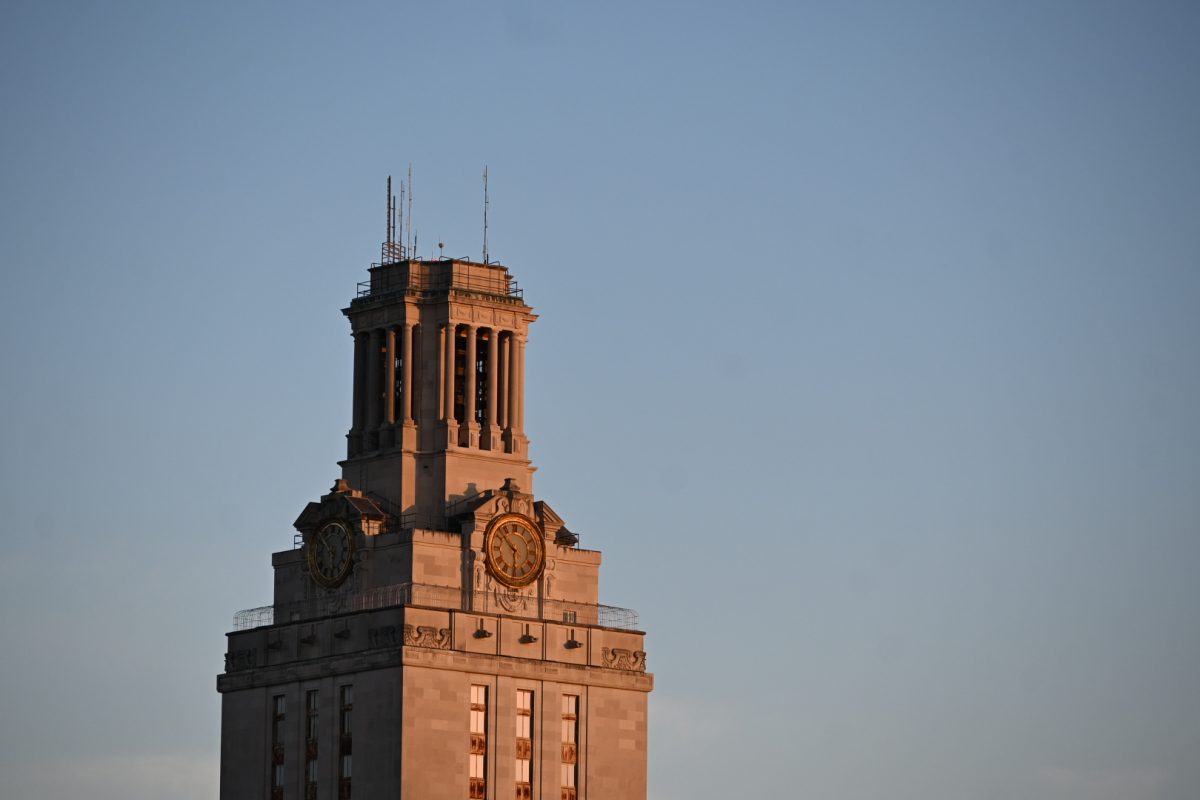Under a new formula for the state’s B-On-Time Loan program, UT-Austin is estimated to receive $5.4 million from the state next year to help needy students — an almost $2 million increase from 2013 — while other UT System schools are set to see their funding decline.
For almost a decade, the B-On-Time Loan program has provided financial relief to students, but the schools participating in the program have not had an equal share of its funds. Every year, 5 percent of a Texas student’s tuition is set aside for the program. Students who apply for the program are granted a no-interest loan that is forgiven if the student graduates within four years with at least a 3.0 GPA.
According to the Legislative Budget Board, UT-Austin put up $31.4 million for the program but only received $27 million from 2007 to 2012. During that same time period, smaller schools, such as The University of Texas-Pan American in Edinburg, put up $5.4 million but received $7.3 million.
For the 2013-2014 school year, 715 UT-Austin students requested the loan but the school only had enough money to award 460, UT officials said. UT-Austin students borrow an average of $7,400 per year under the program.
The Texas Legislature changed the B-On-Time distribution this session and now requires universities to receive an amount proportional to what they have put into the program and restricts the program to two- and four-year universities.
Up until now, universities such as UT have essentially been donating money to other schools, said state Rep. Helen Giddings, D-Desoto, who advocated strongly for the program’s reform.
The Texas Higher Education Coordinating Board, which oversees the program, will begin using this formula beginning in the 2014-2015 school year. Board officials repeatedly stated the current funding estimates are still preliminary.
Legislators also approved rules allowing UT to control the amount provided by a loan. Previously, B-On-Time loans had to amount to the average amount of state tuition, fees, books and class supplies per student, said Thomas Melecki, director of UT’s Office of Student Financial Services.
Melecki said these new rules will allow UT to provide more loans to students and bring significant benefits to students in the B-On-Time program if they fulfill graduation and GPA requirements.
“And even if student borrowers do not qualify for loan forgiveness of their B-On-Time loans, the loans have a zero percent interest rate, so the students repay only the amount they borrowed,” Melecki said.
However, the new funding formula is also decreasing B-On-Time funds for other smaller UT System schools. The University of Texas at Brownsville, which received $289,000 for the 2013-2014 school year, is estimated to receive $160,000 next year. Also, The University of Texas of the Permian Basin could see its funds decrease from $236,050 to $182,600, according to the Higher Education Board.
It is not clear whether this could create a crunch at these institutions, where tuition is less expensive than at Austin. At some institutions, such as The University of Texas at San Antonio, loans are under-utilized because students do not request loans. Federal law also prevents institutions from recommending loans not provided by the U.S. government.
At UT-San Antonio, about $100,000 for the program went unused in 2011, according to Lisa Blazer, associate vice president for UT-San Antonio’s Financial Aid and Enrollment Services.
“We’re not allowed to advertise these funds due to restrictions on alternative lending,” Blazer said. “They have to request it from us. That will explain why a small amount will not be spent.”
Statewide, about 36 percent of B-On-Time Loan funds went unused in 2011, according to the Higher Education Board.
Giddings said there are many issues with the program that have yet to be resolved. For instance, Giddings said $100 million collected for the program has gone untouched.
With the challenges faced by today’s students, Giddings said it is important for the Texas Legislature to responsibly work to make college education affordable and to continue resolving problems to ensure students graduate within four years.
“That’s a meaningful goal, and a goal we all ought to be focused on trying to achieve,” Giddings said.




















